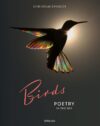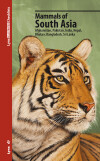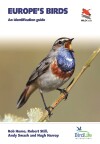New Book: The World of Birds
October 6, 2014 | Comments (0)
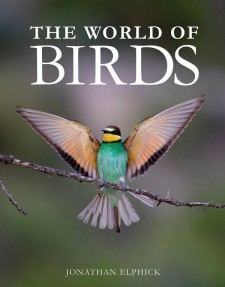 The World of Birds
The World of Birds
by Jonathan Elphick
From Firefly Books:
The ultimate illustrated, authoritative reference to the avian world.
Written by a highly regarded ornithologist and natural history expert and sumptuously illustrated throughout with photographs and illustrations, The World of Birds is a comprehensive and authoritative guide to every aspect of bird life and a concise survey of the world’s orders and families.
Jonathan Elphick begins by defining the distinguishing features of birds before going on to describe their evolution since the age of the dinosaurs. With the aid of fact boxes and clear photographs, he then explores in greater detail each of the significant elements of bird life.
Topics include:
- bird biology including anatomy, walking and swimming, plumage, calls and songs
- flight techniques and styles
- food and feeding
- bird lifestyles and social relationships
- breeding, growth and development
- bird geography and habitats
- the mysteries of migration
He also considers human attitudes towards birds through the ages.
The book contains a comprehensive survey of the world’s birds (including extinct species), detailing every one of the 29 orders and each of the approximately 200 families. Reflecting the latest classification changes to the Howard and Moore Complete Checklist of the Birds of the World, it explains how birds are classified and provides an outline of the system of classification.
With special photography from award-winning wildlife photographer David Tipling, this book is a unique insight into the world of birds and essential reading for all ornithologists, bird watchers and natural history enthusiasts.
Wow, this book contains a LOT of information. The first part is a mini-course in ornithology, while the second provides an overview of the world’s birds at the order and family level.
The World of Birds
by Jonathan Elphick
Hardcover; 608 pages
Firefly Books; September 11, 2014
ISBN: 978-1770853041
$75.00


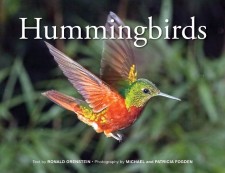 Hummingbirds
Hummingbirds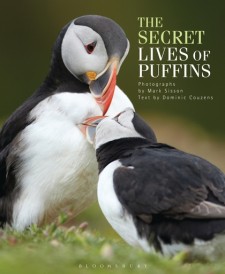 The Secret Lives of Puffins
The Secret Lives of Puffins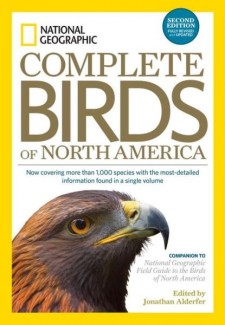 National Geographic Complete Birds of North America, 2nd Edition
National Geographic Complete Birds of North America, 2nd Edition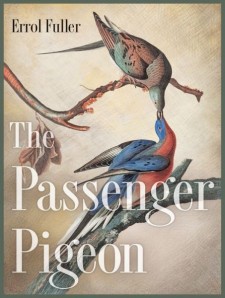 The Passenger Pigeon
The Passenger Pigeon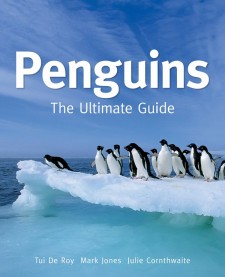 Penguins: The Ultimate Guide
Penguins: The Ultimate Guide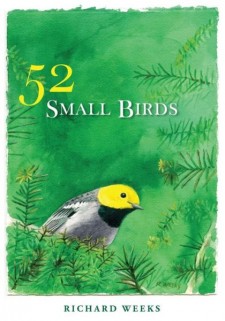 52 Small Birds
52 Small Birds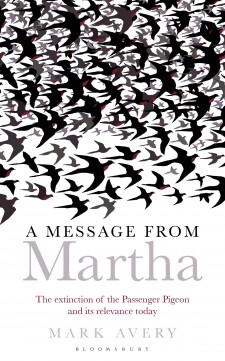 A Message from Martha: The Extinction of the Passenger Pigeon and Its Relevance Today
A Message from Martha: The Extinction of the Passenger Pigeon and Its Relevance Today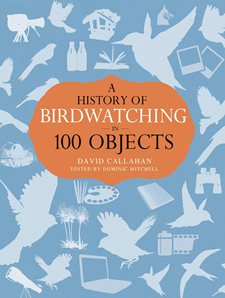 A History of Birdwatching in 100 Objects
A History of Birdwatching in 100 Objects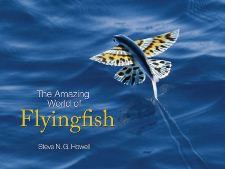 The Amazing World of Flyingfish
The Amazing World of Flyingfish



